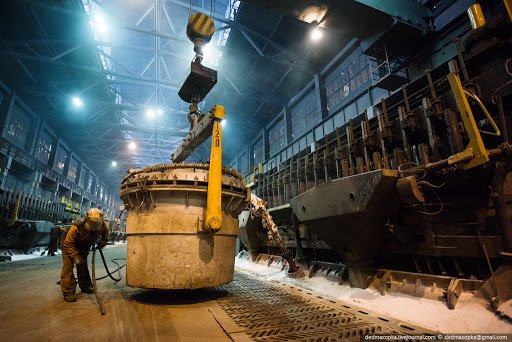RUSAL, one of the world's largest aluminum producers, has begun supplying a completely new product - aluminum produced using a revolutionary technology in inert anode electrolyzers. The use of an inert anode in the electrolysis process makes it possible to almost completely eliminate greenhouse gas emissions.
RUSAL invites prospective partners and market leaders to test a pilot batch of aluminum produced by the company using inert anode technology. Combined with renewable hydropower, inert anode technology provides an unprecedented low carbon footprint in metal production - less than 0.01 tonnes of CO 2 equivalent per ton of metal (Scope 1, Scope 2 - direct and indirect energy emissions). This is ten times lower than the industry average for aluminum production.
“We see great interest from our customers in the inert anode technology. We have already donated new products to companies that use aluminum in their production and are focused on reducing the carbon footprint along the entire production chain. The ultimate goal of these tests is to expand the use of aluminum produced using inert anode technology, to demonstrate the advantages of decarbonization and to stimulate manufacturers to implement carbon-free technologies, ”said Roman Andryushin, Sales and Marketing Director of RUSAL.
RUSAL is a world leader in the development of inert anode technology. Currently, the Krasnoyarsk Aluminum Smelter (KrAZ) of the company operates a pilot section of electrolysers with inert anodes of a new generation, which allows reducing the carbon footprint of products to a record level - less than 0.01 tons in CO 2 equivalent per ton of aluminum (Scope 1 , Scope 2 - direct and indirect energy emissions). Such a low carbon footprint has been achieved thanks to the use of inert anodes in the electrolysis process. This technology is unique and has no analogues around the world.
The main result of the development and testing of the inert anode cell is the achievement of a stable production of aluminum on an industrial scale. The capacity of the electrolyzers is about 1 ton of aluminum per day per one electrolyzer with a current of 140 thousand amperes.
The use of an inert anode in the electrolysis process is a revolutionary environmental solution in metallurgy. It provides for the replacement of classic carbon anodes with inert, non-combustible materials - ceramics or alloys, which leads to a dramatic reduction in greenhouse gas emissions. Another advantage of this technology is the release of oxygen during the aluminum production process. A single inert anode cell can produce as much oxygen as 70 hectares of forest.




